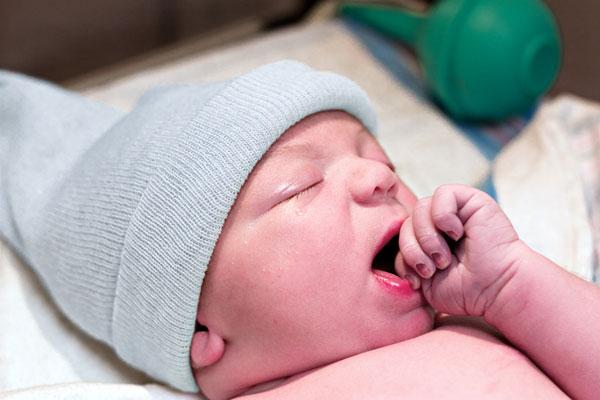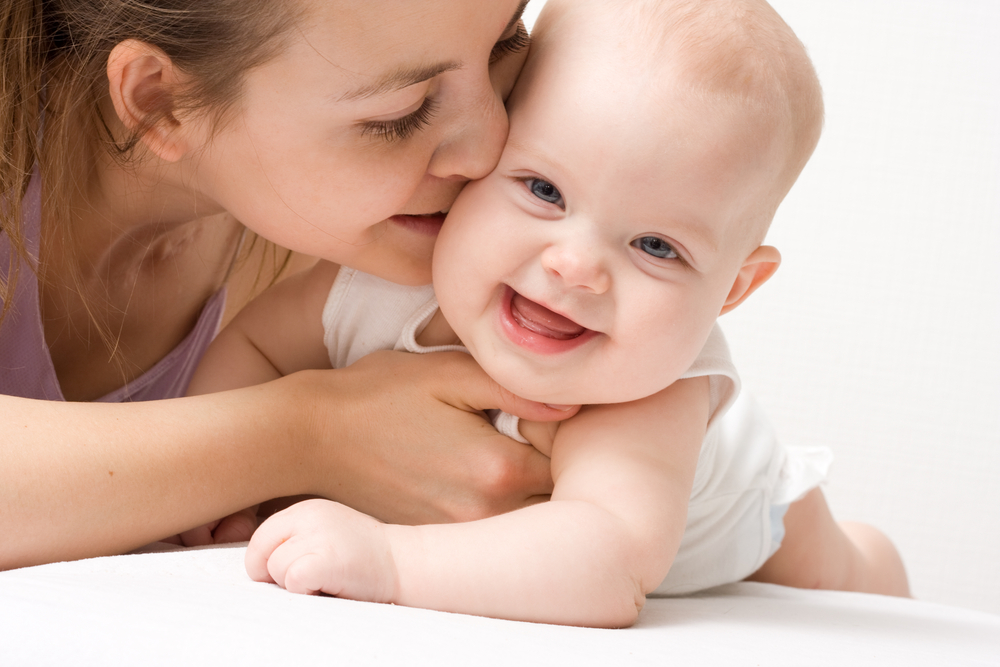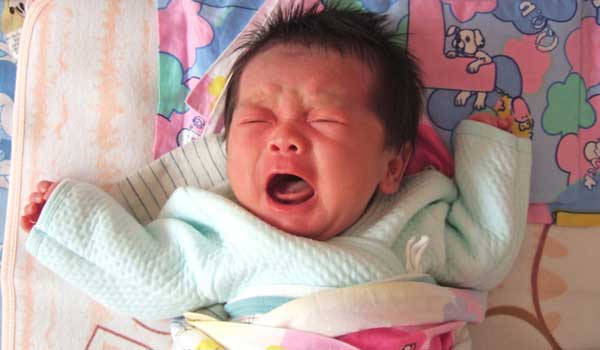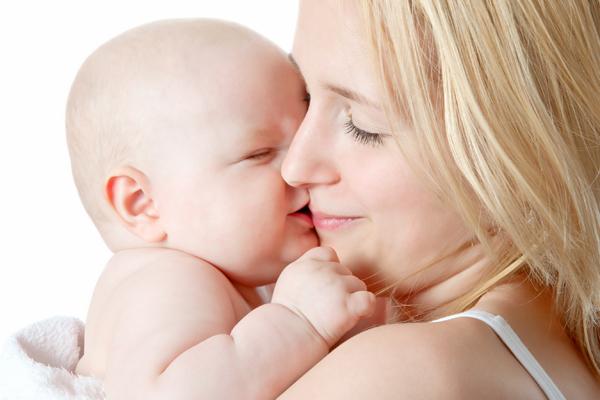7 Facts About Home Births
7 Facts About Home Births

More and more women are opting to give birth in the comfort of their own homes rather than hospitals.
The rate of home births rose 29 percent between 2004 and 2009, according to a January report from the Centers for Disease Control and Prevention. In 2004, 0.56 percent of all births happened in the home; that number jumped to 0.72 percent in 2009.
Home births are still considered rare in the U.S, but the recent increase marks a new trend, the CDC said.
Although the exact reason for the rise isn't clear, it may have to do with women wanting less medical intervention during their birth experience, said Marian MacDorman, a statistician at CDC's National Center for Health Statistics, who led the research.
There's a cascade of interventions that can happen when you're in the hospital, MacDorman said. Interventions can include mediations to reduce pain or strengthen contractions, breaking a woman's water and Caesarian sections.
Some women would rather be at home, so they feel more in control, MacDorman said.
Here are seven facts you should know about home births.
Get the world’s most fascinating discoveries delivered straight to your inbox.
Doctors say hospital births are safer

The debate over whether home births are safe continues. Although the American College of Obstetricians and Gynecologists supports women's right to choose the type of birth experience they want, the organization says that hospitals and birthing centers are the safest setting for births.
"Although the absolute risk [of home births] may be low, planned home birth is associated with a twofold to threefold increased risk of neonatal death when compared with planned hospital birth, a 2011 statement from the ACOG said.
Organizations such as the World Health Organization, the American College of Nurse-Midwives and the American Public Health Association all support home and out-of-hospital birth options for low-risk women, the report noted.
Home births are linked with increased risk of death

A 2010 analysis found that compared with babies born in hospitals, those born at home have more than twice the risk of dying during their first month.
Researchers found that 0.2 percent of babies born at home died between one week and one month after birth, compared with 0.09 percent of babies born in hospitals.
But that analysis was based on studies of both high and poor quality, Mary Lawlor, executive director of the National Association of Certified Professional Midwives, said in a statement at the time. So the conclusions might not reflect "the true risks and benefits of home birth versus hospital birth, she said.
Home births may have a lower risk of some conditions

Babies born at home may be less likely to be born preterm, or with low birth weight, compared with babies born in hospitals.
Six percent of babies born at home were preterm, compared with 12 percent of babies born in hospitals, according to the CDC report. The rate of babies born at home with low birth weight was 4 percent, compared with 8 percent for hospital births.
But the lower risks could be due to the fact that it is generally low-risk women who opt for home births in the first place, the report authors said.
Recent studies also suggest that education and training of home attendants, and the distance between home and hospital, in case of an emergency, may have a big effect on how safe a home birth can be.
In one large British study, researchers looked at 64,000 low-risk births from 2008 to 2010 and found that women having their second or third baby at home or at a birthing center were just as safe as those having a baby at the hospital.
Midwives may make a difference

In 2009, 62 percent of home births were attended by midwives, including 19 percent that were attended by certified nurse midwives, and 43 percent attended by either certified or noncertified professional midwives, reported the CDC.
In a recent study, researchers found that, in general, babies born at home were more likely to have seizures and low Apgar scores. The Apgar test is used to assess the health of newborns, and is based on a baby's breathing, heart rate, muscle tone and reflexes.
However, when a certified midwife was present, babies born at home fared just as well as those born in hospitals, study author Dr. Yvonne Cheng, an obstetrician and gynecologist at the University of California, San Francisco, told MyHealthNewsDaily in February.
Babies born at home may be at a general increased risk for health problems because monitoring may not be as rigorous, compared with at a hospital, and any problems a baby has may not receive medical attention as quickly, Cheng said.
When planning a home birth, Cheng said women should be aware of what kind of training and experience the person who will deliver the baby has, and have a backup plan in case complications occur.
Home births are not always covered by health insurance

An average, uncomplicated vaginal birth costs about 60 percent less in a home than in a hospital, according to the American Pregnancy Association.
But while home births and birthing centers may cost less than hospital births, the expense can still be a problem for those who must pay out of pocket.
Sometimes women can use their insurance to pay for their home births, but it varies enormously state by state, Lawlor said.
Right now, Medicaid programs in 12 states will pay certified professional midwives, Lawlor said.
For women with private health insurance, only four states require insurers to pay certified professional midwives : Washington, Florida, New Hampshire and Vermont.
The majority of certified nurse-midwives practice in hospitals, so they can get reimbursed by insurance companies, Lawylor said. Those who practice at birth centers and homes can face challenges to reimbursement.
Women with certain conditions should not plan home births

Moms with certain health conditions certain health conditions are at a high risk of complications during birth, and should not attempt to have a home birth. According to the Mayo Clinic, for moms with diabetes, high blood pressure, or chronic illness, the risks of planning a home birth are too great.
In a recent study of home births in Oregon, researchers looked at the medical records of 223 home births from 2004 to 2008 and found that eight babies died when transferred to the hospital because something went wrong during the delivery. Many of the moms in the study had conditions that put them at risk of complications such as high blood pressure or a breech birth, in which a baby comes out feet first.
Home births are also discouraged if you are less than 37 weeks pregnant or more than 41 weeks pregnant, and if you've previously had a C-section.
Who is most likely to have a home birth?

In 2009, the rate of home births was three to five times higher among white women than any other racial or ethnic group, according to the CDC report.
In addition, 20 percent of home births were among women ages 35 and over, compared with 14 percent of hospital births.
Montana moms had the highest percentage of home births, at nearly 2.6 percent, followed by Oregon and Vermont, according to the CDC report.
Regions where home births were less popular included southeastern states, from Texas to North Carolina, as well as the East Coast, such as Connecticut, Delaware, Massachusetts and Washington, D.C.
Overall, the increase in home births from 2004 to 2009 was widespread, with increases seen in 31 states, across every region of the country.
Follow MyHealthNewsDaily on Twitter @MyHealth_MHND . Find us on Facebook.
